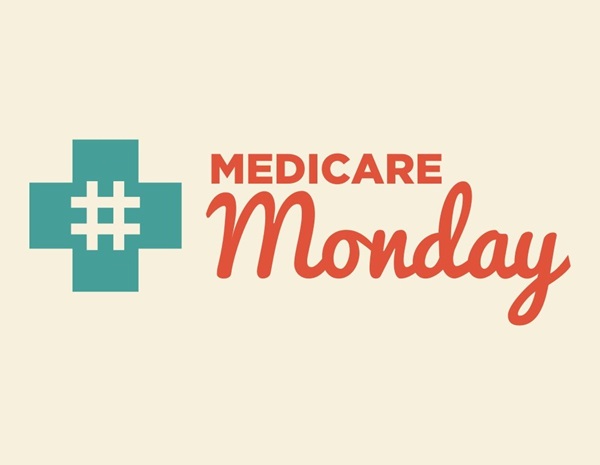
Throughout 2016, we looked at how different groups of beneficiaries – from seniors to minority communities to individuals with lower-incomes – rely on Medicare to access their needed prescription medications.
Take, for example, Katie, Mateo and Diane – three hypothetical Medicare beneficiaries who qualify for the Part D Extra Help Program, also known as the low-income subsidy for prescription drug coverage.
- Katie has been living with end-stage renal disease and is now six months post-kidney transplant, which qualifies her for Medicare before the age of 65.
- Mateo has been managing multiple chronic conditions, including depression and cardiac comorbidities, specifically hypertension, hyperlipidemia, congestive heart failure and atrial fibrillation.
- Diane has been managing diabetes and hypertension.
We also looked at the tradeoffs of personalized treatment vs. one-size-fits-all standards and how proposals to change Part B could hurt the overall quality of care Medicare patients (like these four hypothetical Medicare beneficiaries) receive.
- Mary has been living with severe rheumatoid arthritis.
- Joyce has been diagnosed with stage IV metastatic breast cancer.
- Simon has been diagnosed with late stage and rapidly advancing colorectal cancer.
- Susan has been living with schizophrenia.
Learn more about how Part B and Part D help ensure that patients have affordable access to needed prescription medications.






